An Atlas in Cloth: Captain Cook’s Rarely-Seen Fabric Book
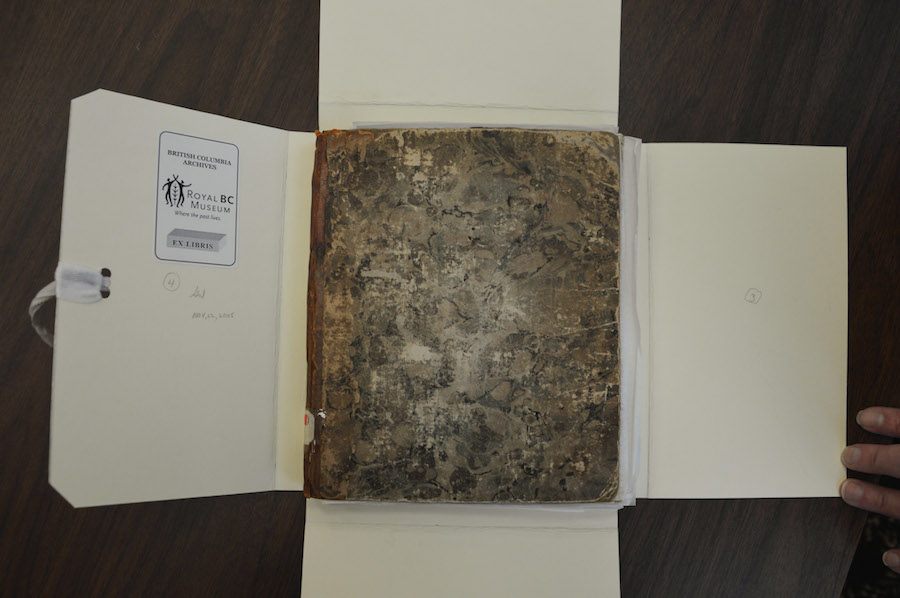 The rarely-seen Cook fabric book (all photographs by the author unless indicated)
The rarely-seen Cook fabric book (all photographs by the author unless indicated)
Located deep in the collections of a Canadian museum is a tiny book. Its corners are frayed, its spine cracked, its cover is worn. As the Royal BC Museum librarian carefully unties the rope around the custom-fitted box and lets the sides fall away, opening the cover and turning the tea-colored pages with her white nitrate gloves, it’s revealed that this slim volume contains swatches of cloth. This book, which is only allowed to be handled a few times a year and is never on display for the general public because of its delicate condition, is one of the few remaining copies of Captain Cook’s catalogue of tapa cloth samples from his third and final voyage throughout the South Pacific.
Published in London by object collector Alexander Shaw in 1787, this catalogue of tapa cloth (also known as Polynesian bark cloth) is a palpable reminder of the complex relationship Cook had to the islands he so rigorously explored, and a prototype for the interior decorator’s swatchbook. It is a book that documents, shows, and tells the stories of 38 different pieces of tapa cloth, all handmade from breadfruit trees, ficus, lace bark, and mulberry by women from Tonga to Figi to Tahiti.
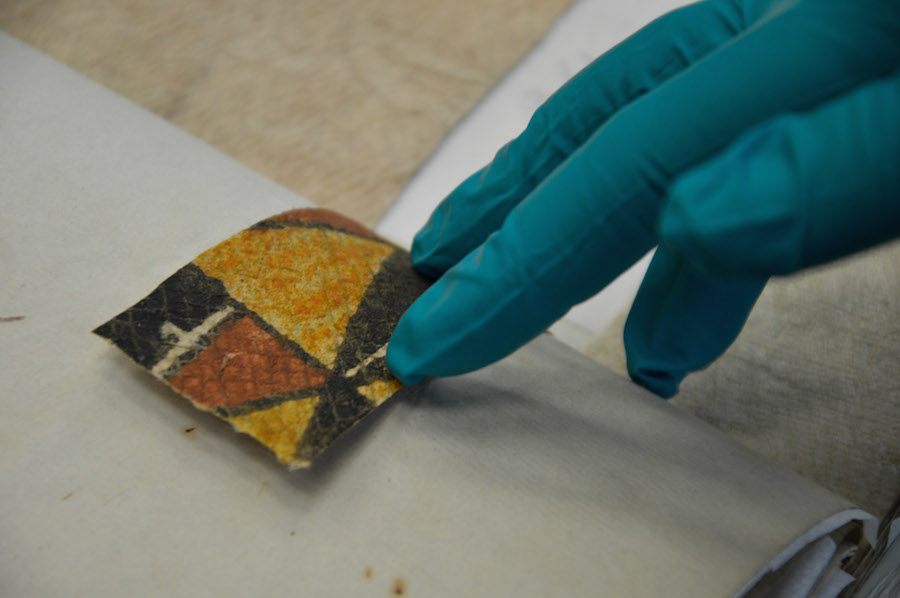
One of the more pristine copies of the book was bought at auction in 1913 and brought to the Royal BC Museum in Victoria, British Columbia, where it’s been cared for ever since. As Claire Gilbert, expert librarian at the BC Museum, told me the morning of my visit, the title is quite a mouthful for a small book containing only 38 tiny specimens: A catalogue of the different specimens of cloth collected in the three voyages of Captain Cook to the southern hemisphere; with a particular account of the manner of the manufacturing the same in the various islands of the South Seas … and the verbal account of some of the most knowing of the navigators; with some anecdotes that happened to them among the natives.
The text, a wonderful mingling of technical cataloguing with first-person narrative accounts, is as fascinating as the samples themselves, revealing the history of a man who, obsessed and in love with the people of the South Pacific, took it upon himself to bring home a bit of fabric from every community he visited. Cook came from a long line of people obsessed with the life-cycles of exotic objects. Though obsessions with cataloguing, categorizing, and collecting go back thousands of years (anyone read Aristotle’s History of Animals?), the rise of mass travel, global exploration, and cabinets of curiosity in Europe in the 18th century led to some, shall we say, interesting interpretations on the theme of collecting objects.
Naturalists ventured out to collect and catalogue thousands of plants, animals, and insects to help them understand the natural world; artists took to the sea to find new ways of dyeing tapestries, painting canvases, and tattooing bodies; explorers paid by royalty went to seek land and bring back samples of any and everything they found. In a very real sense, many of these collected objects and experiences — which were often told in the pages of newspapers, bound up in books, or sold to aristocratic curiosity cabinet exhibits — began to form the public experience of foreign places.
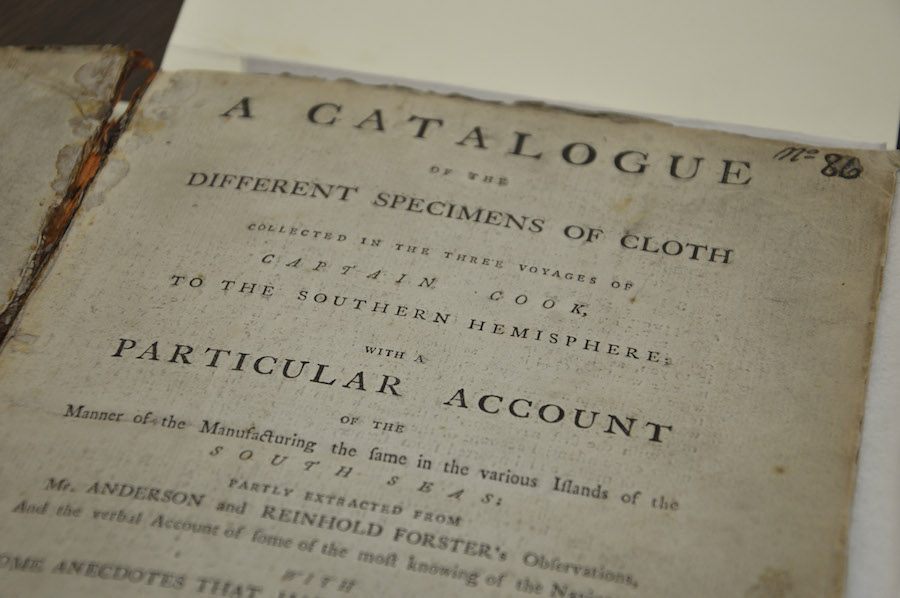
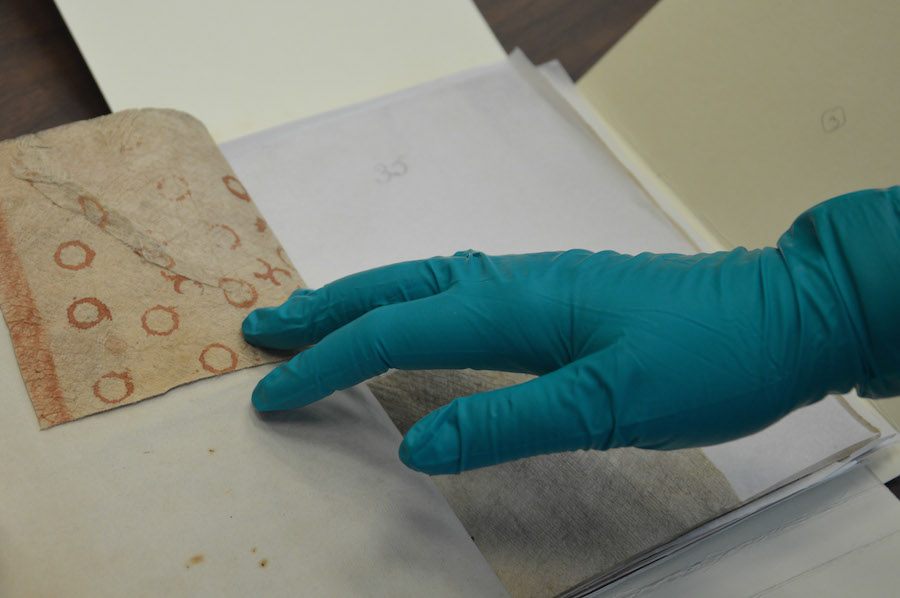

As a technical document (like many of the catalogues written by European explorers at this time), each snippet of tapa cloth in the Cook book is accompanied by a number and a brief description that tells where the object was from and for what — and how — it was used by the local communities and peoples. Though the book itself is small, some samples are large, taking up the whole page and allowing readers to see more of the pattern. Others are small and arranged three to a page, showing fragments of composition, color, line, contour, and design.
One of the more famous specimens, #34, a vibrantly-colored cloth dyed in geometric triangles, relates the touching story of a Tahitian woman who, aboard the HMS Resolution, nearly lost her young son in a trade between her community’s chief and a British lieutenant. As Cook writes, before the trade could occur, the woman unbound the cloth she wore around her body, gave it to the shipmates, took the hand of her young son, and jumped overboard with him so they could escape the trade. Other specimens, such as #2, with the notation “From Otaheite. This is used to spread below the chiefs while at dinner under the trees,” and #28, “Used as a sash, and under garments for the dancers at Otaheite,” reveal simpler, everyday matters of life. Some cloths were used as bedding, some as undergarments, some as fine outerwear, and some as tablecloths. There is no apparent hierarchy to Cook’s list: from the headdresses of kings to the underwear of peasants, there is a place for everything.
According to the Indiana University Art Museum, the fact that Cook felt the insatiable need to document both the extraordinary and the mundane is not surprising, given that the importance of barkcloth in Polynesian society cannot be overstated. Traditionally, the cycle of use for barkcloth is likened to the life cycle of a human being: it is first lovingly given life by the women’s hands and then, after it is decorated and integrated into the community, it is given to ceremonial or ritual events, where it does its job for as many years as the fibers hold together. Then, it is eventually split into smaller pieces and made into clothing; later, blankets; and later still, as patches to stitch onto newer tapas, where the life cycle begins all over again.
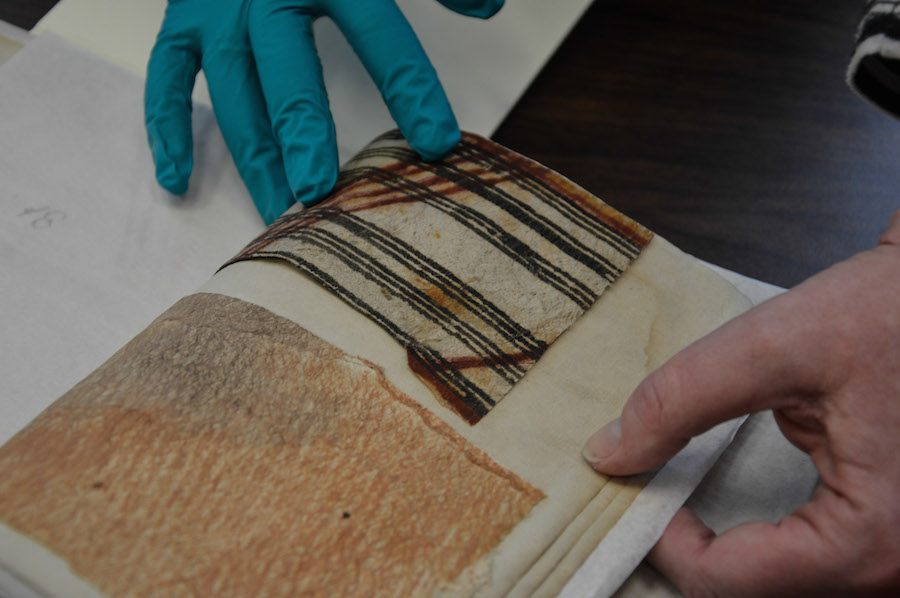
No matter Cook’s purpose or the manner in which he acquired all of these cloths, the very act of it suggests an undeniable passion for, and unshakable interest in, gathering and sharing a small glimpse into the lives of people whose experiences were radically different from his own. There are plenty of preserved documents out there that reveal to us the European fascination with documenting in the 18th century. So why, hundreds of years later, is a book of fabric swatches still fascinating?
Joseph Gerena, a Manhattan art dealer, believes the answer is easy. In an article for the New York Times about the rise in tribal art interest, he wrote: “The attraction is primordial….[t]apa is very tactile….it lets us see the imaginations of peoples.” What makes collecting something more than activity for its own sake is the way these objects indicate the immense capacity of human creativity, even as we do something as ordinary as clothe our bodies.
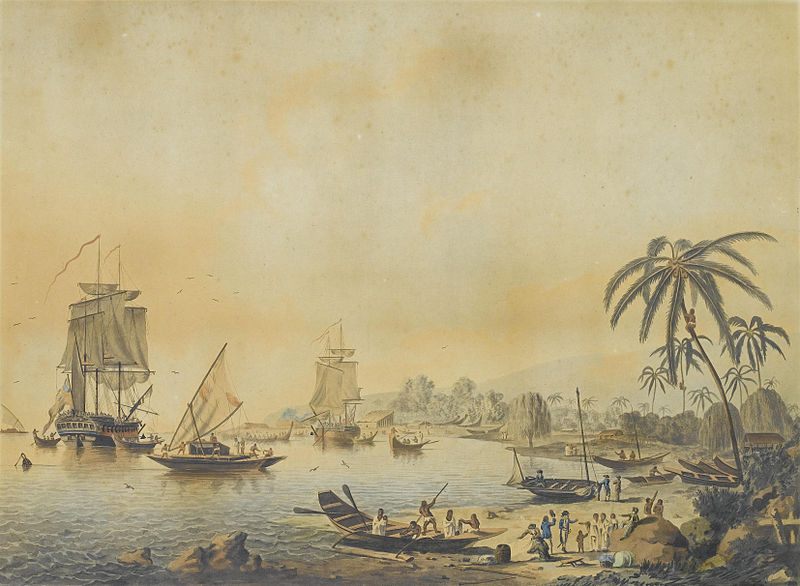 John Cleveley the Younger, Captain Cook’s voyage in Tahiti (1787-88) (via Wikimedia)
John Cleveley the Younger, Captain Cook’s voyage in Tahiti (1787-88) (via Wikimedia)

Objects of Intrigue is a feature highlighting extraordinary objects from the world’s great museums, private collections, historic libraries, and overlooked archives. See more incredible objects here >




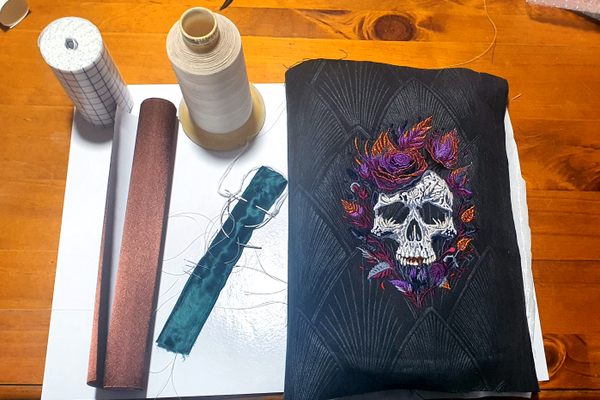























Follow us on Twitter to get the latest on the world's hidden wonders.
Like us on Facebook to get the latest on the world's hidden wonders.
Follow us on Twitter Like us on Facebook